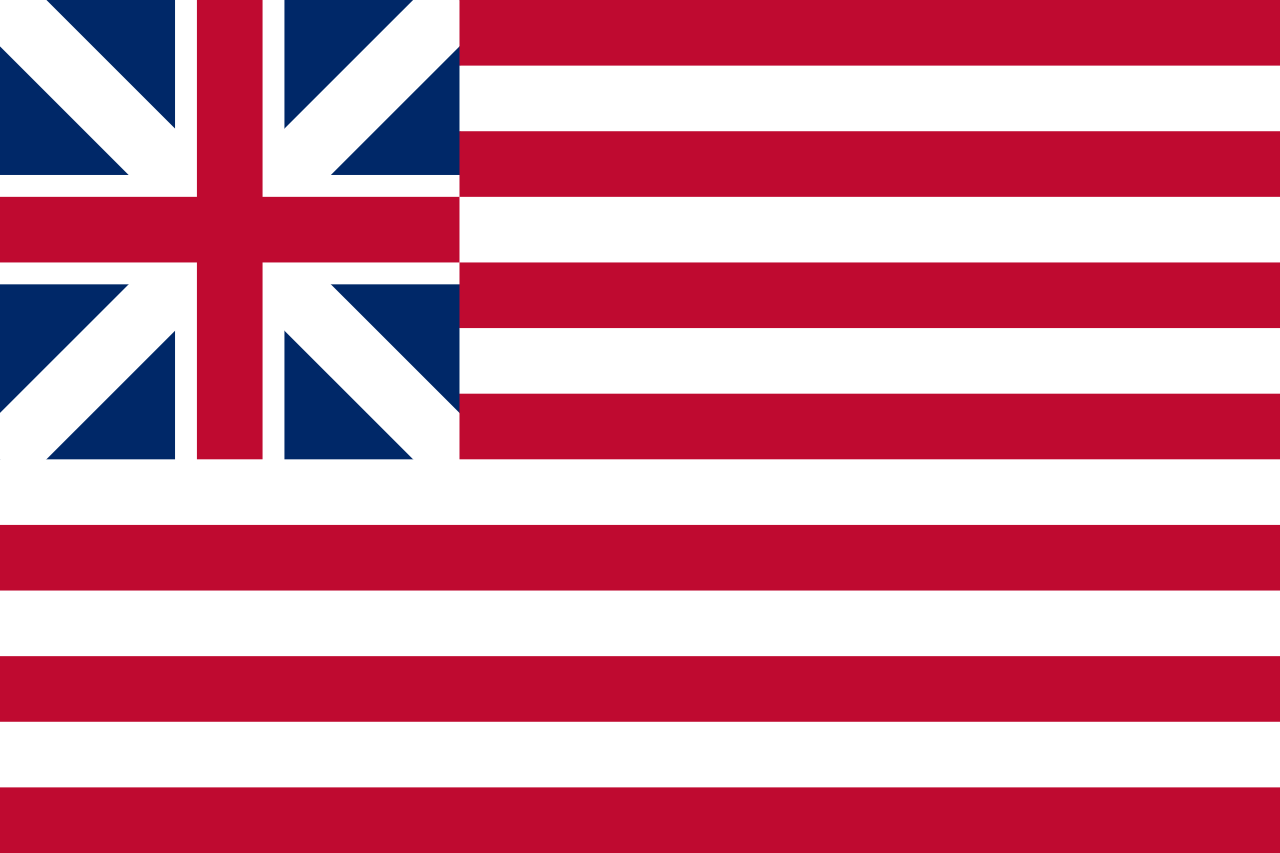The American Flag
The Flag’s Colors
The only specific reference to the three colors comes from a report by the Secretary of the Continental Congress, Charles Thomson. Mr. Thomson said: "White signifies purity and innocence; Red, hardiness and valour; and Blue, vigilance, perseverance and justice." Other American writers have suggested that red stands for blood shed fighting for our country, white symbolizes loyalty, and blue, the unity of our citizens bound together as one nation. The colors also echo the colors of the British flag, and the original drafts of the flag included the Union Jack in place of the section now containing the stars.
![]()
The Flag’s Stars
The number of stars on the flag has always represented the number of states in the Union. The original flag had 13 stars — one for each of the 13 original colonies (Delaware, Pennsylvania, New Jersey, Georgia, Connecticut, Massachusetts, Maryland, South Carolina, New Hampshire, Virginia, New York, North Carolina, and Rhode Island). It then rose to 15 when Vermont (1791) and Kentucky (1792) were added; 20 with the admission of Tennessee (1796), Ohio (1803), Louisiana (1812), Indiana (1816), and Mississippi (1817); and 21 with Illinois (1818). In 1818, Congress passed The Flag Act, which stipulates that the flag will always have 13 stripes, and that stars will be added for new states each July 4 only. From that point on, the flag changed frequently.
![]()
The Flag’s Stripes
The red and white stripes represent each of the original 13 colonies. The first "Stars and Stripes" had 13 stars and 13 stripes. The U.S. Congress declared on June 14, 1777: "The flag of the United States will be thirteen stripes, alternate red and white [and] . . . the union [canton] be thirteen stars, white in a blue field, representing a new constellation."
![]()
Flag Names
The flag may be alternately called a "jack" (also a reference to naval flags), an "ensign" (used by sailors referring to the flag on their ship), "standard" (used by a military officer or soldier; a person carrying the flag is called a standard bearer); and "colors" (a man or woman asked to serve in the military is "called to the colors" and the "colors are raised" each morning). Nicknames for the American flag are "Old Glory," the "Stars and Stripes," and the "Star-Spangled Banner." Vexilology is the study of the history of flags. A person engaged in this pursuit is called a vexilologist.
![]()
Important Flag Dates
 3 December 1775: The "Grand Union Flag" (also known as the "Continental Colours", the "Congress Flag", the "Cambridge Flag", and the "First Navy Ensign") is considered to be the first national flag of the United States of America.
3 December 1775: The "Grand Union Flag" (also known as the "Continental Colours", the "Congress Flag", the "Cambridge Flag", and the "First Navy Ensign") is considered to be the first national flag of the United States of America.
July 4, 1776: The Declaration of Independence is signed.
June 14, 1777: Congress passes a law making the Stars and Stripes America's official flag.
Sept. 13, 1814: Francis Scott Key writes "The Star-Spangled Banner" after the British attack on Fort McHenry in Baltimore, Maryland.
1818: Congress passes the Flag Act, which declares that the American flag will always have 13 stripes. Stars will be added to the canton to reflect new states only on July 4.
1892: Francis Bellamy writes the Pledge of Allegiance.
1916: President Woodrow Wilson proclaims June 14 as (unofficial) Flag Day.
1942: Congress passes the Flag Code, which lists the rules and proper etiquette for handling the American flag.
Aug. 3, 1949: President Harry Truman signs congressional legislation making June 14 National Flag Day.
Paul Carrington Chapter No. 5, Texas Society, Sons of the American Revolution
1415 South Voss Ste 110-425 — Houston, TX 77057-1086
President.HoustonSAR@Gmail.com
The Paul Carrington Chapter is a non-profit, non-partisan organization dedicated to promoting patriotism,
preserving American history, and supporting education for our future generations.
Copyright © 2023 Paul Carrington Chapter — Last Modified: Thursday, April 25, 2024
